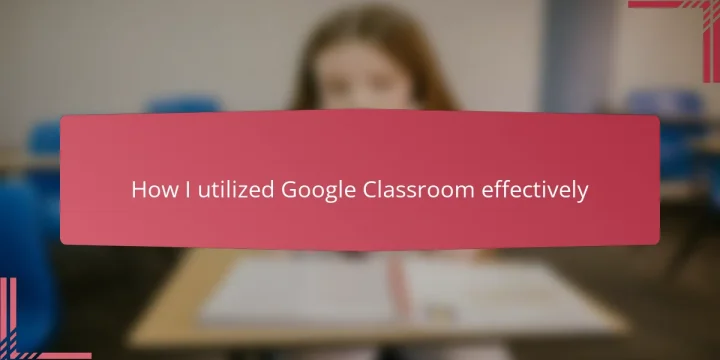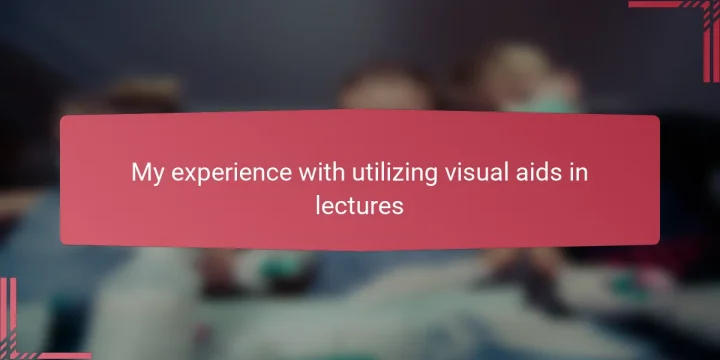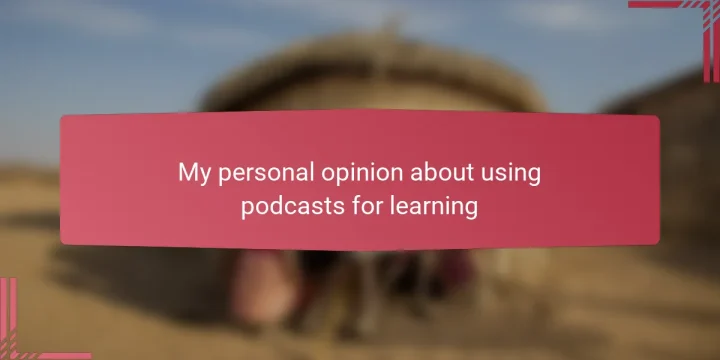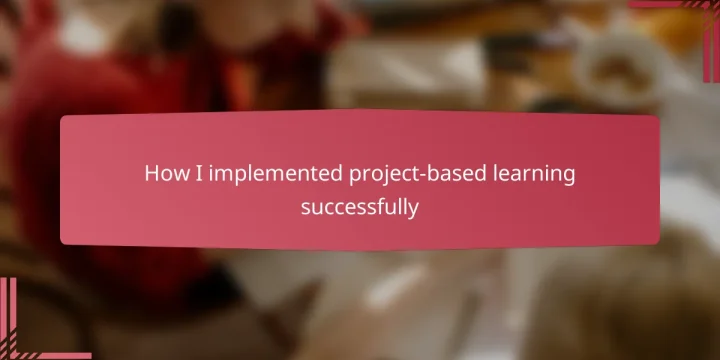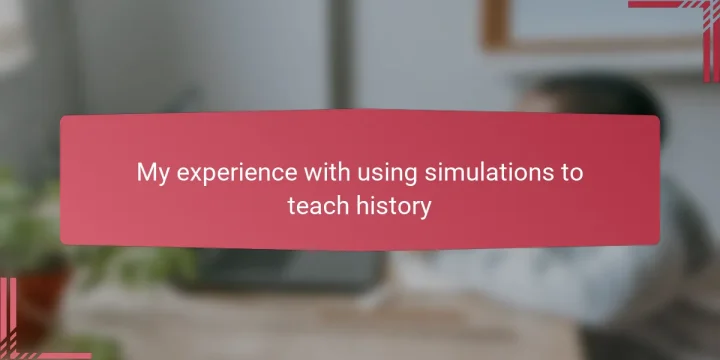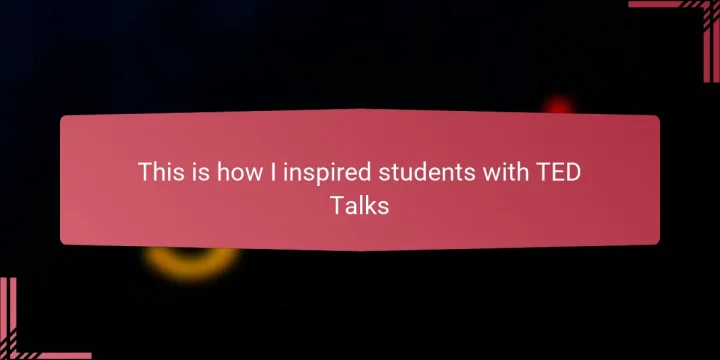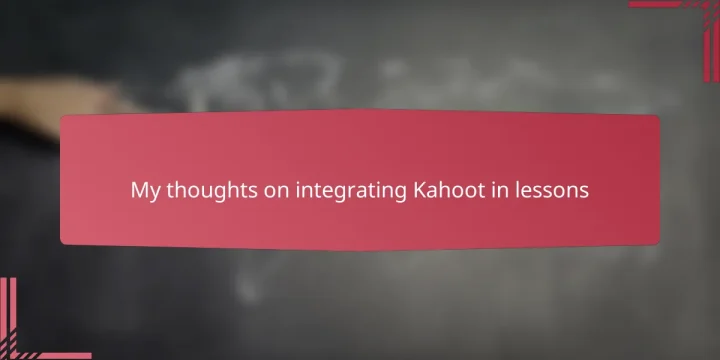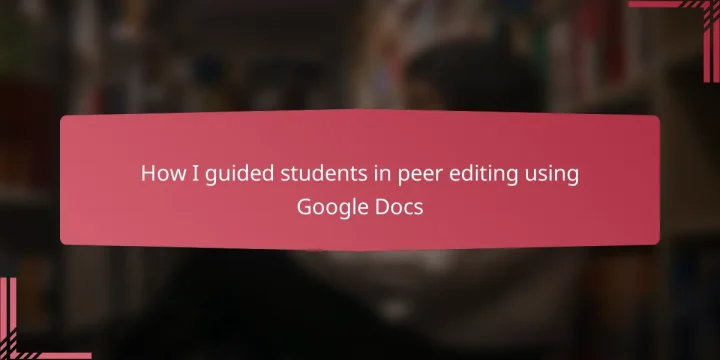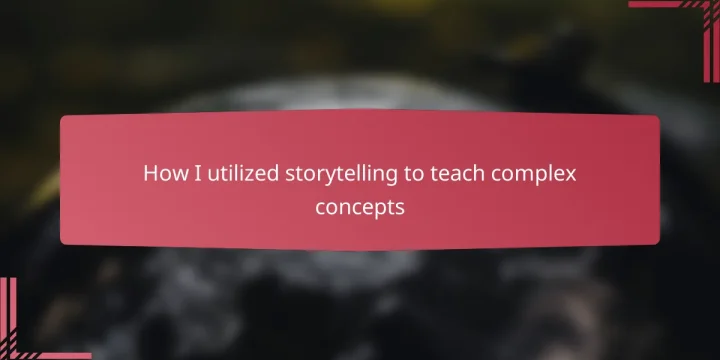
Key takeaways Activist teacher resources encourage critical thinking and emotional connections, transforming the educational experience into one that fosters social justice and equity. Storytelling effectively humanizes complex concepts, making them relatable and engaging, encouraging students to connect ideas with personal experiences. Techniques like creating relatable characters, maintaining suspense, and incorporating reflection enhance storytelling's effectiveness in the classroom. Building a safe classroom environment promotes shared storytelling, increasing student engagement and deepening their understanding of complex issues. Understanding Activist Teacher Resources Activist teacher resources are more than just lesson plans or materials; they embody a commitment to social justice and equity in education. Have you ever felt that the standard curriculum misses the deeper stories behind complex issues? That’s where these resources become powerful tools—they invite us to challenge norms and spark…
